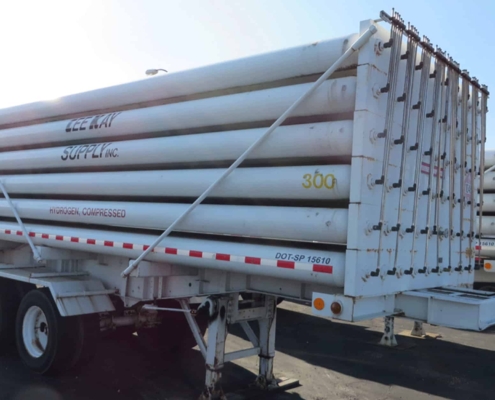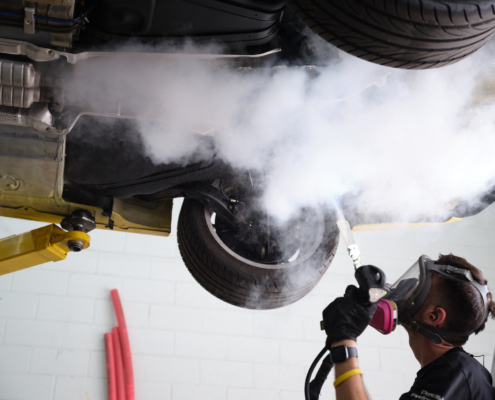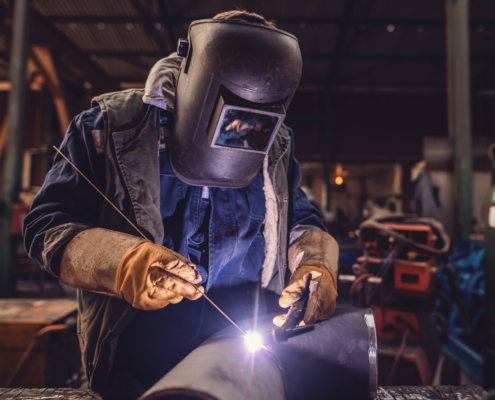Behind the Scenes: A Closer Look at Dry Ice Production
Dry ice, the solid form of carbon dioxide (CO2), is a critical component in various industries, from food preservation and shipping to scientific research and special effects. Despite its widespread use, the process of making dry ice remains a mystery to many. This blog post offers a behind-the-scenes look at how dry ice is produced, highlighting the sophisticated techniques and technologies involved.





